In the lead up to the COP27 summit, there was much talk of ‘greenwashing’ – the notion that some companies, brands and governments are making grandiose claims about their work to tackle climate change that can be difficult to prove. Not only does overstating the climate benefits of a product, service or policy decision mislead customers and the wider public, but it can also make it difficult to trust what we read or hear and to know which initiatives will genuinely deliver a positive impact for people and planet.
How can data help?
At InfraCo Africa and PIDG we recognise that our infrastructure investment and development decisions in sub-Saharan Africa have implications for wider global efforts to drive down greenhouse gas emissions. Whilst we are rightly proud of our long track record of investing into renewable energy, sustainable agriculture, and clean transport, we know that even the ‘greenest’ of infrastructure projects are not without emissions and, if we are to minimise these, we need first to find out what they actually are.
I am responsible for gathering data on the greenhouse gas emissions and operational performance of each of our projects. This annual data collection and transparent reporting process is a crucial part of PIDG-wide efforts to demonstrate a just transition to global net-zero.
-

Pioneering on-grid solar with battery storage -
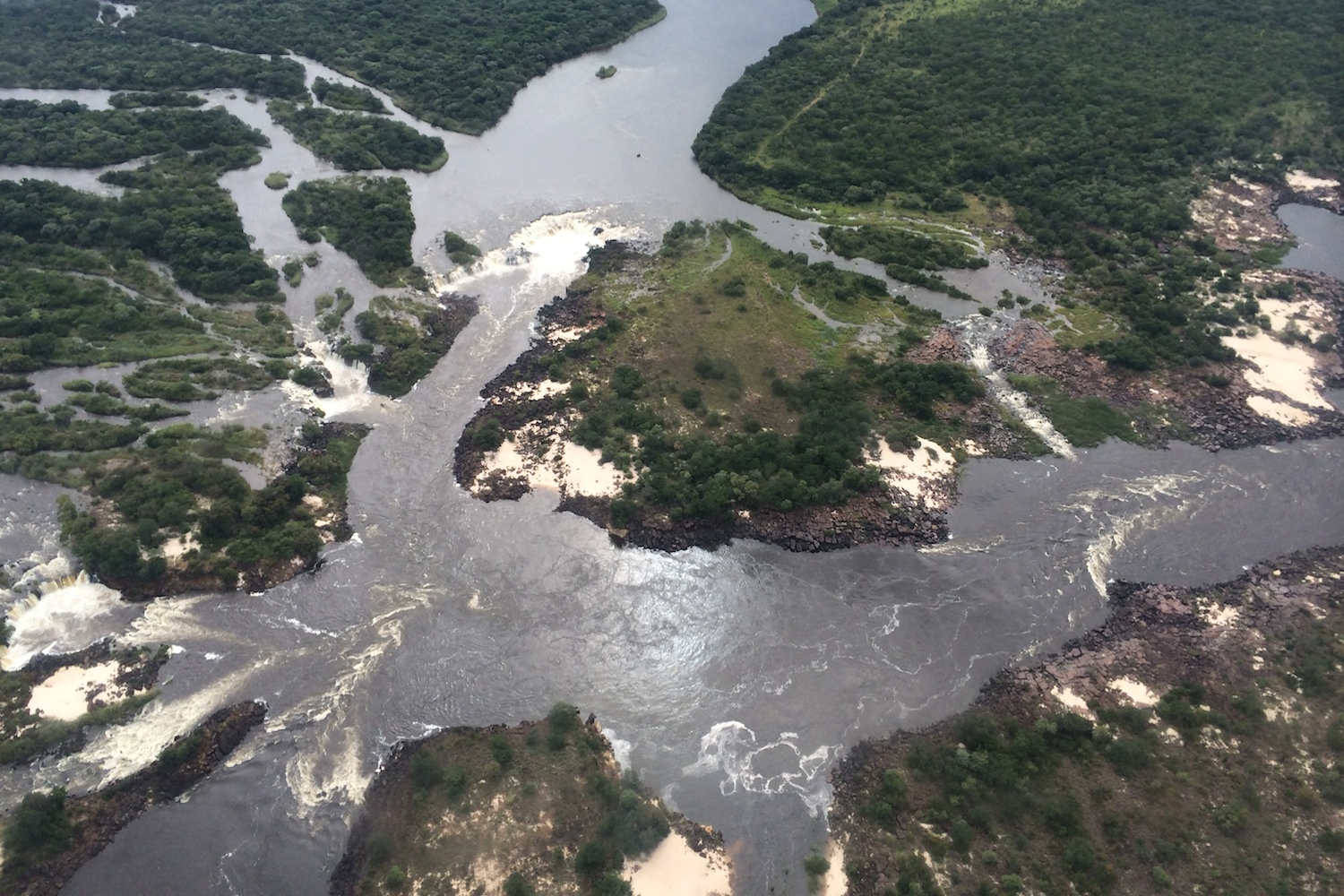
Developing run-of-river hydro power -
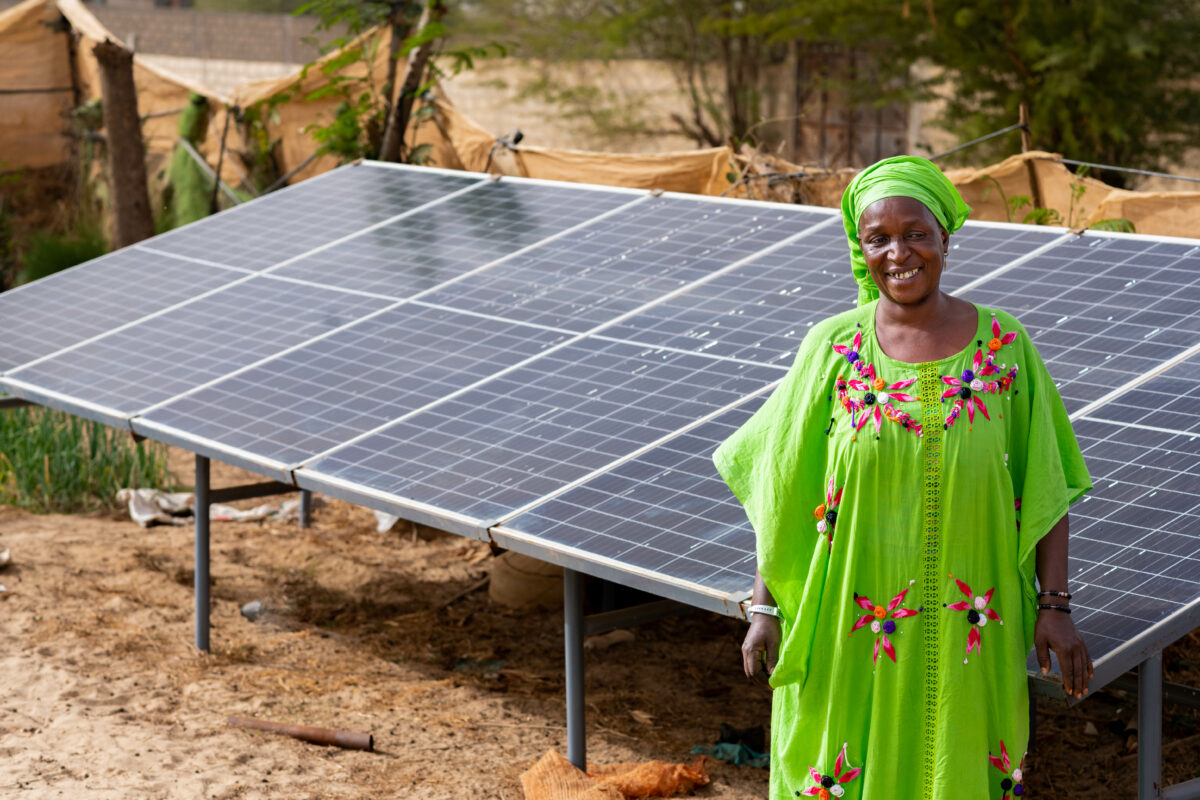
Displacing diesel use
So, what do we measure?
As part of PIDG, InfraCo Africa reports the greenhouse gas emissions (measured in tonnes of CO2 equivalent – CO2e) from its projects according to the guidelines of the Taskforce for Climate-related Financial Disclosures (TCFD).[i] PIDG was one of the very first ODA funded organisations to disclose its attributed emissions and to publish a report to TCFD standards. The TCFD seeks to provide investors with a better understanding of the climate-related risks and opportunities of a given investment. With this information, investors can undertake better risk management and strategic planning, preventing future shocks and informing investment into more climate-resilient solutions.
A key purpose of the TCFD methodology is to establish consistent reporting so that comparisons can be drawn between organisations. Following these requirements, the emissions we report on are:
- For project finance – the emissions of the whole project
- For corporate lending – the emissions of the whole company that we have invested into
- Scope 1 emissions (fuels used) and
- Scope 2 emissions (electricity imported).
For operating projects, we use data for the last calendar year and for projects that are currently under development or in their construction phase, we use forecast emissions for a typical (or first) year of operation.
Gathering this same data set each year enables us to track the impact of our efforts to reduce emissions on projects across our existing portfolio. It also enables us to evidence the climate-focus we are embedding into our project screening processes for any new investments, ensuring that we ‘put our money where our mouth is’ in terms of tackling climate change without holding back development. The 2022 PIDG TCFD report can be found here.
How do we calculate our emissions?
In order to account for attributed and avoided emissions, PIDG utilises The Global GHG Accounting and Reporting Standard for the Financial Industry from the Partnership for Carbon Accounting Financials (PCAF) of which PIDG is a member. To calculate the emissions from our projects, we use the fuels (Scope 1) and electricity (Scope 2) usage reported in the monthly Health, Safety, Environmental and Social reports from projects under construction and those which are operational. These are then converted into tonnes of CO2e emissions.
When undertaking these conversions, it is important to note that emissions factors for fuels can vary slightly depending on the different specifications for the fuel and testing methods. As the majority of the PIDG companies are UK-based, we use the conversion factors published by the UK government[ii] to calculate these. For emissions from the generation, transmission and distribution of electricity, we use the harmonised default grid factors provided by the United Nations Framework Convention on Climate Change (UNFCCC) for standardised reporting by international finance organisations (as recommended by the Partnership for Carbon Accounting Financials).
By using these standardised conversion factors, we can compare the emissions data we generate from one year to the next and can draw conclusions across the PIDG portfolio regardless of the different geographies in which we operate.
Are all project emissions our responsibility?
The nature of our work involves partnerships, we co-develop projects with others to ensure that we bring together the best mix of finance and expertise to ensure success. This means that responsibility for CO2e emissions is also shared. Following the Global GHG Standard,[iii] emissions from our projects are attributed to InfraCo Africa (our financed emissions) according to the ratio of our investment relative to the total debt and equity in the project or company. This methodology ensures a consistent attribution of emissions to each party.
What about emission intensity?
The Global GHG Standard requires that financial institutions should report their economic emission intensities. Emission intensity is defined as the total amount of greenhouse gas emissions emitted for every unit of investment. This is relatively easy to calculate on a project level as it is simply the project’s annual emissions divided by the total investment (TIC or debt plus equity). However, when calculating it for a portfolio, care needs to be taken to allow for the different amounts and portions invested in projects with different emission intensities. So, for this calculation, we add the total emissions for all InfraCo Africa projects together and divide that figure by the total amount we have invested.
What does a ‘good’ project look like?
What I am seeing is that solar, wind and run-of-river hydro are fantastic for supporting climate targets as well as development. There is of course a trade-off to be made where we are working to deliver highly developmental projects in areas such as housing, cleaner cooking or transport. Whilst there may be significant greenhouse gas emissions related to such projects, the emissions are greatly reduced compared to available and affordable alternatives. With the African continent currently emitting a tiny fraction of global emissions,[iv] there is scope to develop these projects whilst ensuring that we stay on track for a just transition to global net-zero.
So, what is the 2021 data telling us?
InfraCo Africa’s portfolio projects continue to perform well. As I touched on above, the projects with higher emissions are our housing and transport projects. Here we are innovating by incorporating IFC-EDGE green building standards in our affordable housing and establishing solar charging infrastructure for electric vehicles in order to reduce emissions from these projects where possible without jeopardising development impact or cost to the user. The data also shows the importance of reducing the emissions associated with the electricity generation in a country as this then benefits all the properties and businesses that use electricity by reducing their emissions as well.
-

Working with partners to reduce marine transport emissions -

Improving air quality with electric vehicles -
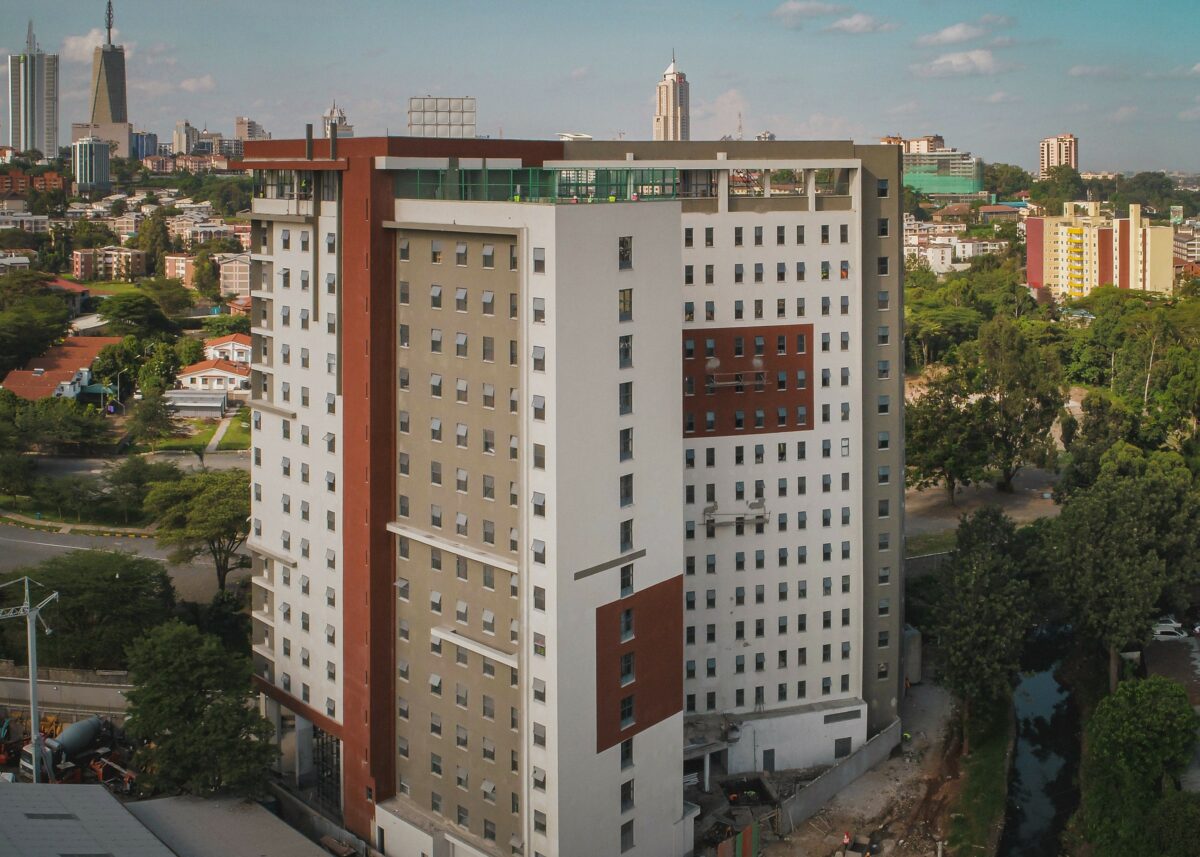
Meeting IFC EDGE green building standards
Is it all about data?
If we are talking about carbon emissions and the intensity of those emissions in a given infrastructure project or portfolio, then yes, emissions data is the key metric by which we are able to know if our efforts represent an efficient use of the emission quotas available to countries in Africa. Data enables us to gauge the extent to which we are reducing project emissions according to targets set during COP26 by governments of the African nations in which we operate. The way that we gather the data – through our regular HSES reporting – enables us to engage with partners and project companies to identify areas where it may be possible to cut emissions further.
Is emissions data enough?
No, collecting emissions data is just part of the work we do to monitor and better understand the wider environmental impact of our projects.
When an opportunity is first identified by our Business Development or Investment teams, it is examined through a climate lens – we only invest in low emission energy projects and in technologies that have potential to support climate adaptation. We invest into disruptive technologies such as electric mobility and solar-powered irrigation that displace or prevent the use of fossil fuel alternatives.
Once we decide to invest, the sustainable development impact team will investigate options for increasing the development impact and reducing the greenhouse gas emissions. For example, our Golomoti Solar project in Malawi has been designed around the preservation of three mature baobab trees present on the site. Our Liberia Inland Storage Facility has used PIDG TA funding to explore and install rooftop solar to power its operations, a first for storage facilities in the region.
-
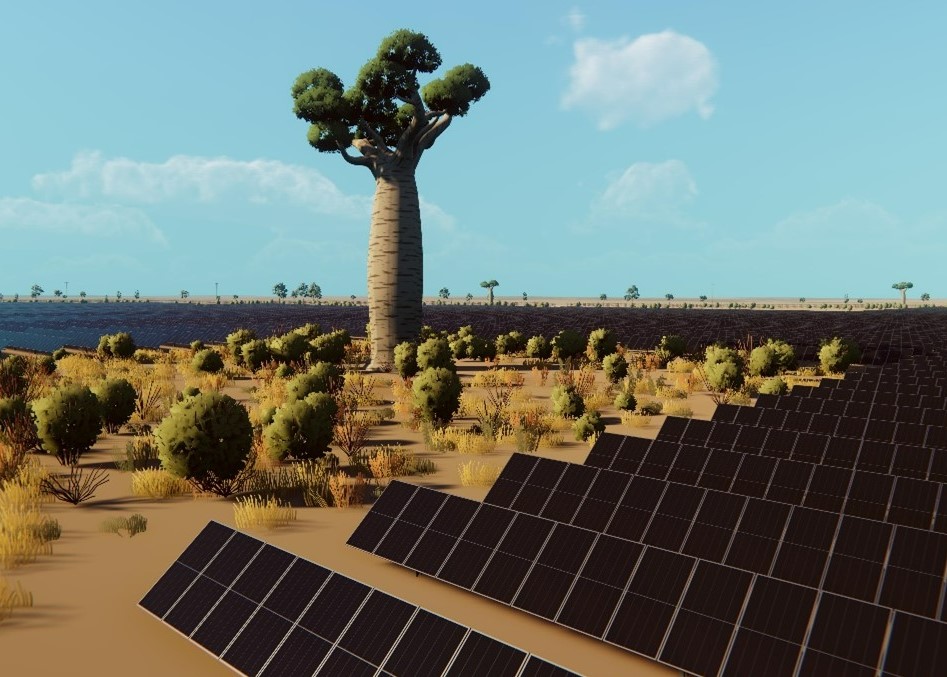
Designing power plants to retain key species -
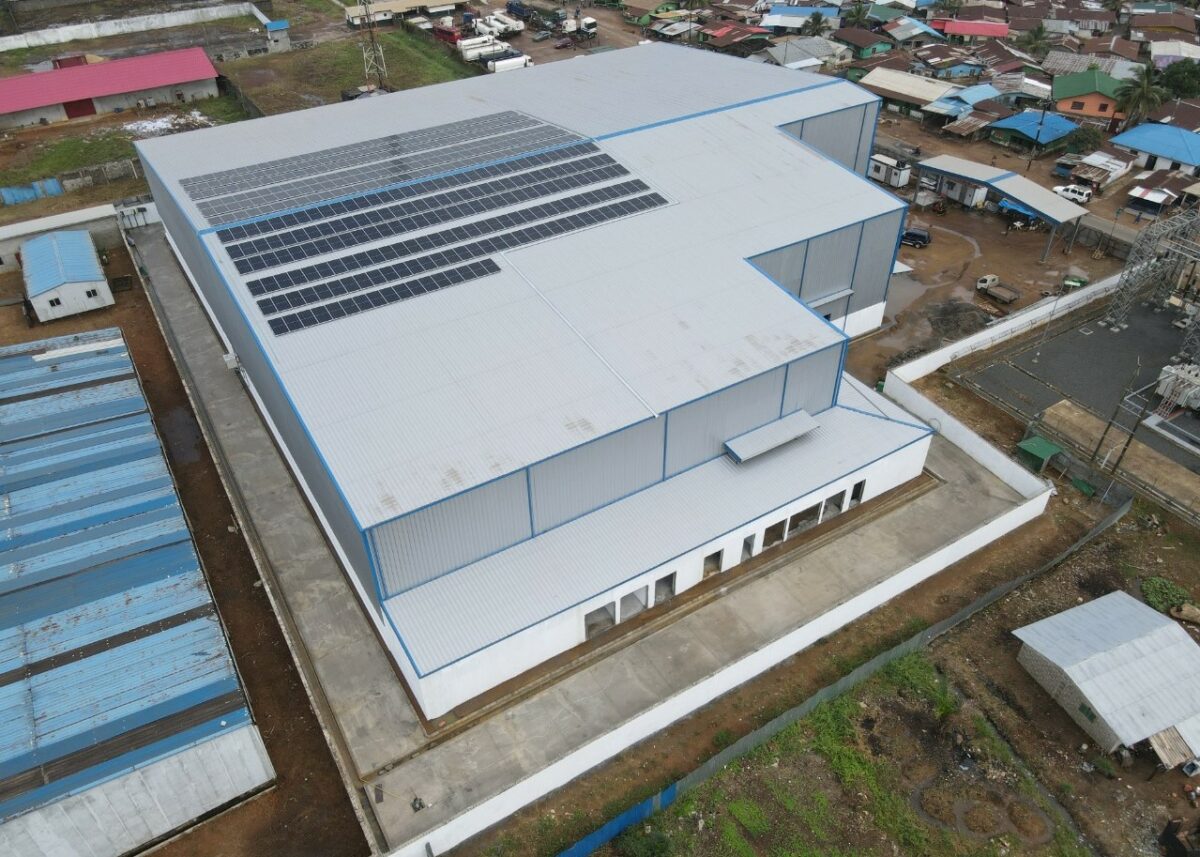
Including clean power in project design. -

Maximising the climate resilience of local communities
We also collaborate with partners to develop robust Environmental and Social Governance plans driven by community need – the Salima Solar project, for example, has engaged a specialist NGO to undertake a conservation agriculture training programme for project affected people and those living in the surrounding community. This training empowers people to adapt to the climate challenges they face today, securing yields and incomes in the face of fluctuating rainfall, and supports the development of well-governed committees to manage local resources for the future.
Where do we go from here?
Our formal emissions reporting process is in its infancy but is already demonstrating the areas where we are making good progress and have potential to further reduce emissions such as the previously mentioned use of solar rather than grid electricity to charge electric vehicles. By identifying those projects with the lower emissions and higher development impact, we can replicate solutions across our wider portfolio and that of the PIDG.


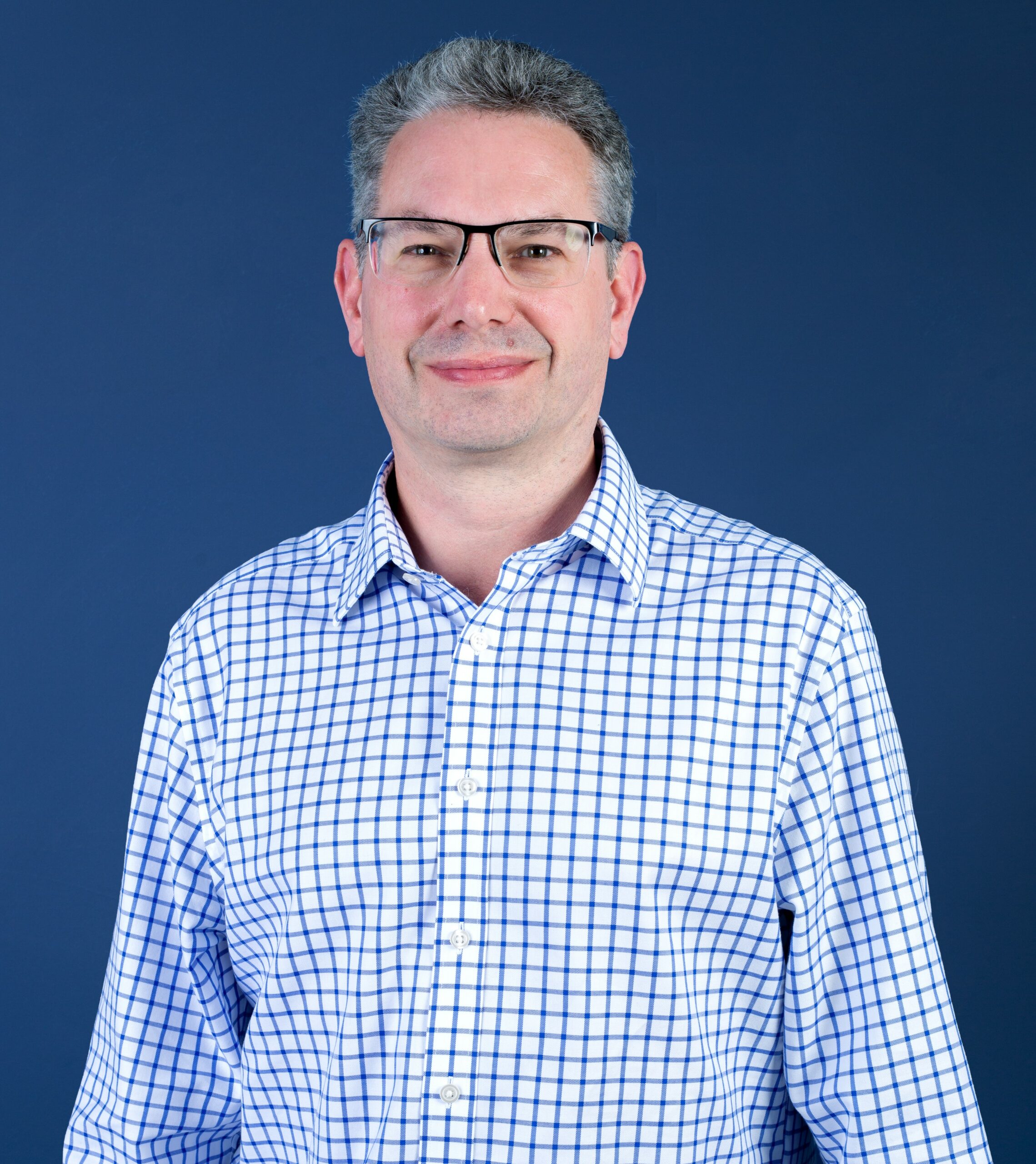

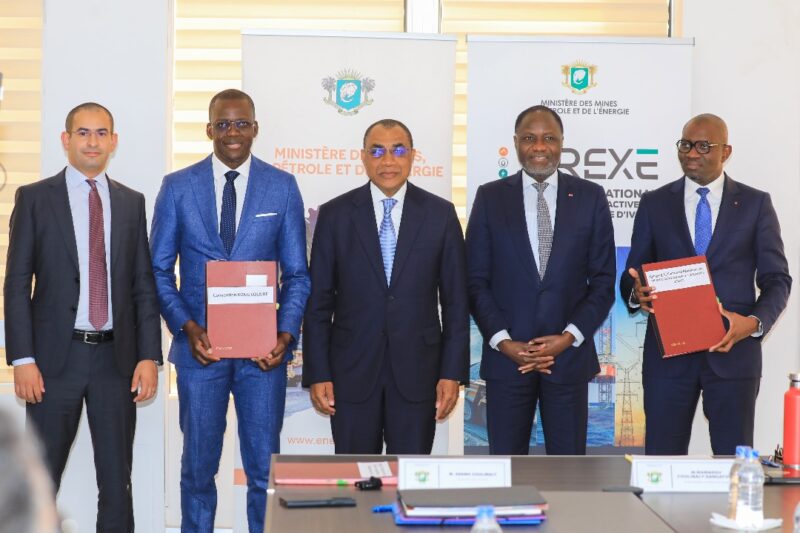
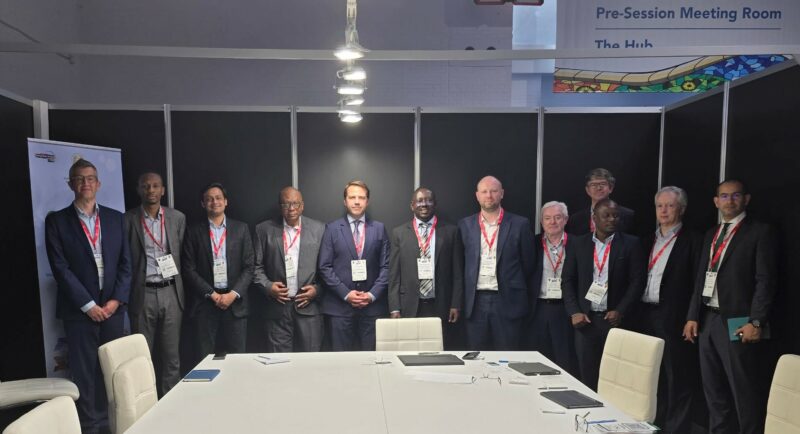

product data entry - 19th December 2022
This is an insightful read. Thank you for sharing what you do to make a difference regarding climate change. Climate change should be taken seriously and to make an impact for the good of the planet we should use
renewable energy. I would love to read more of your blogs!